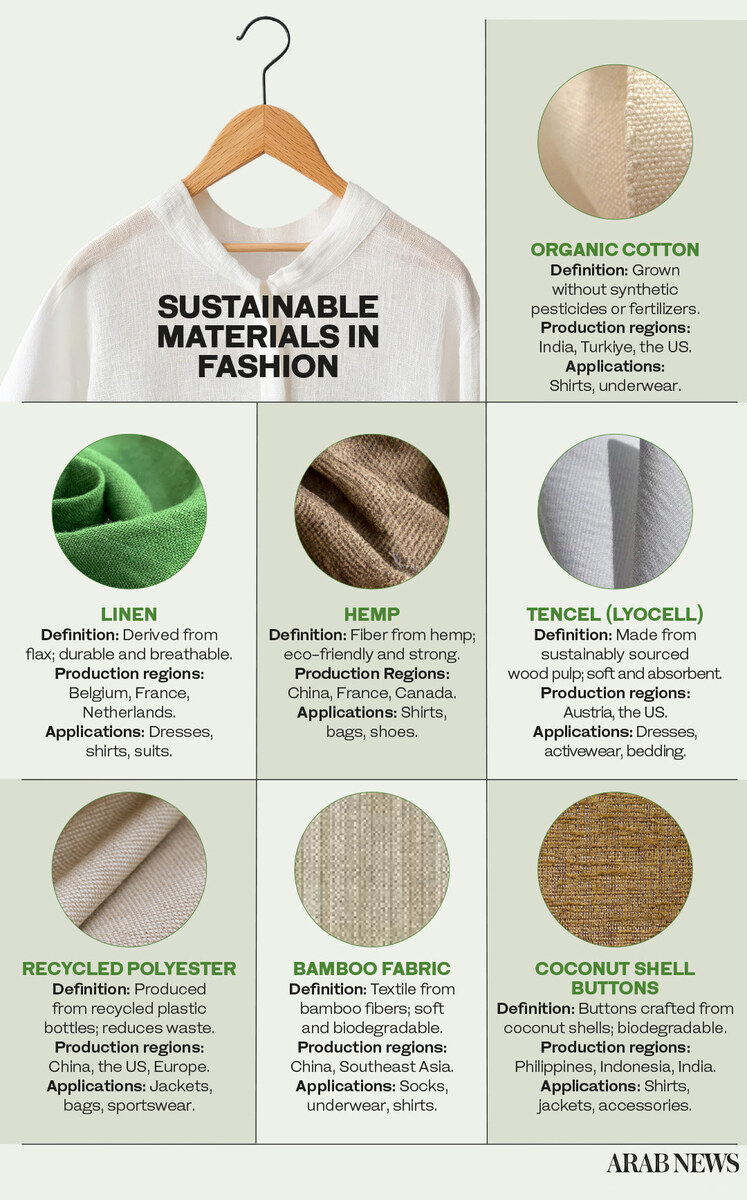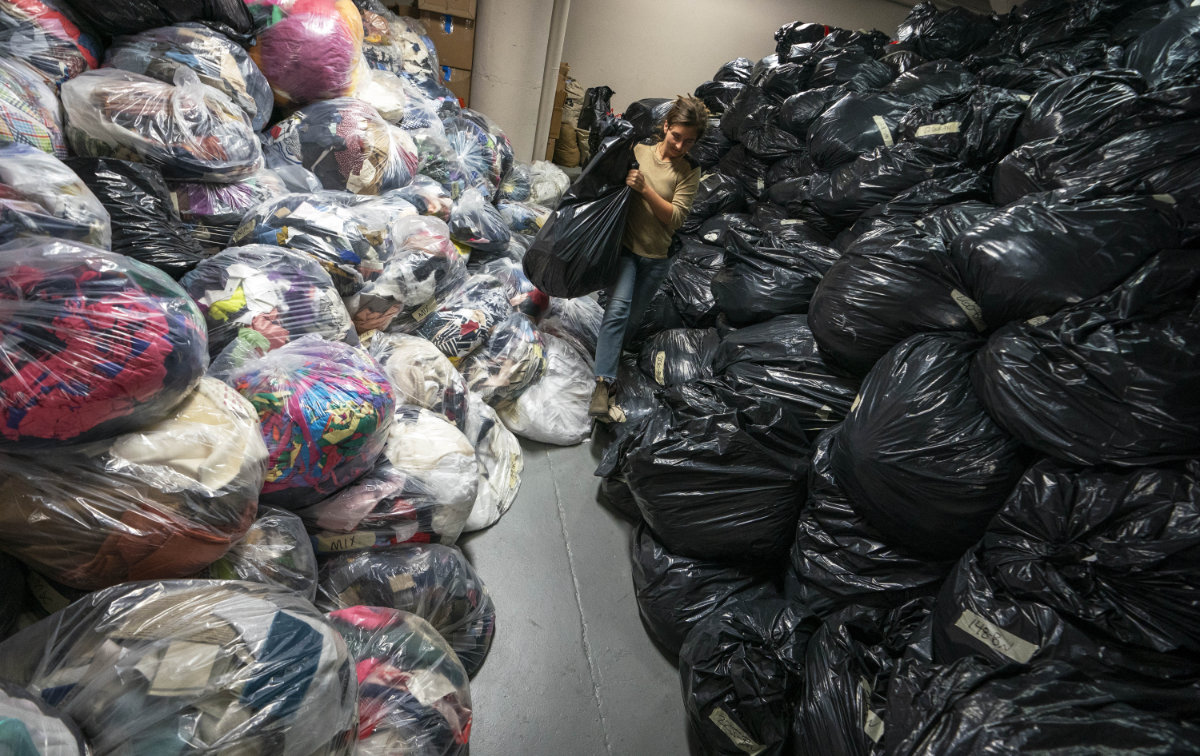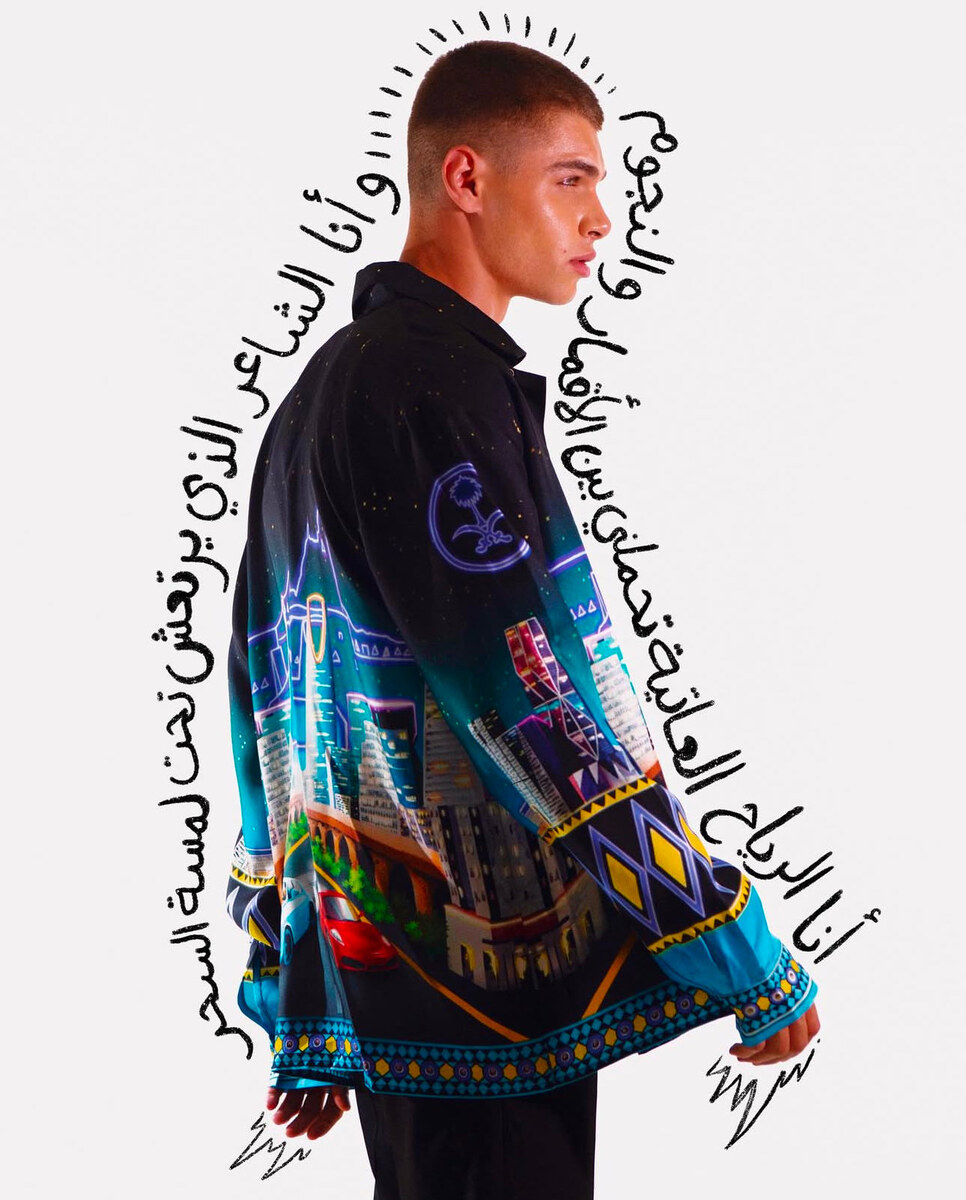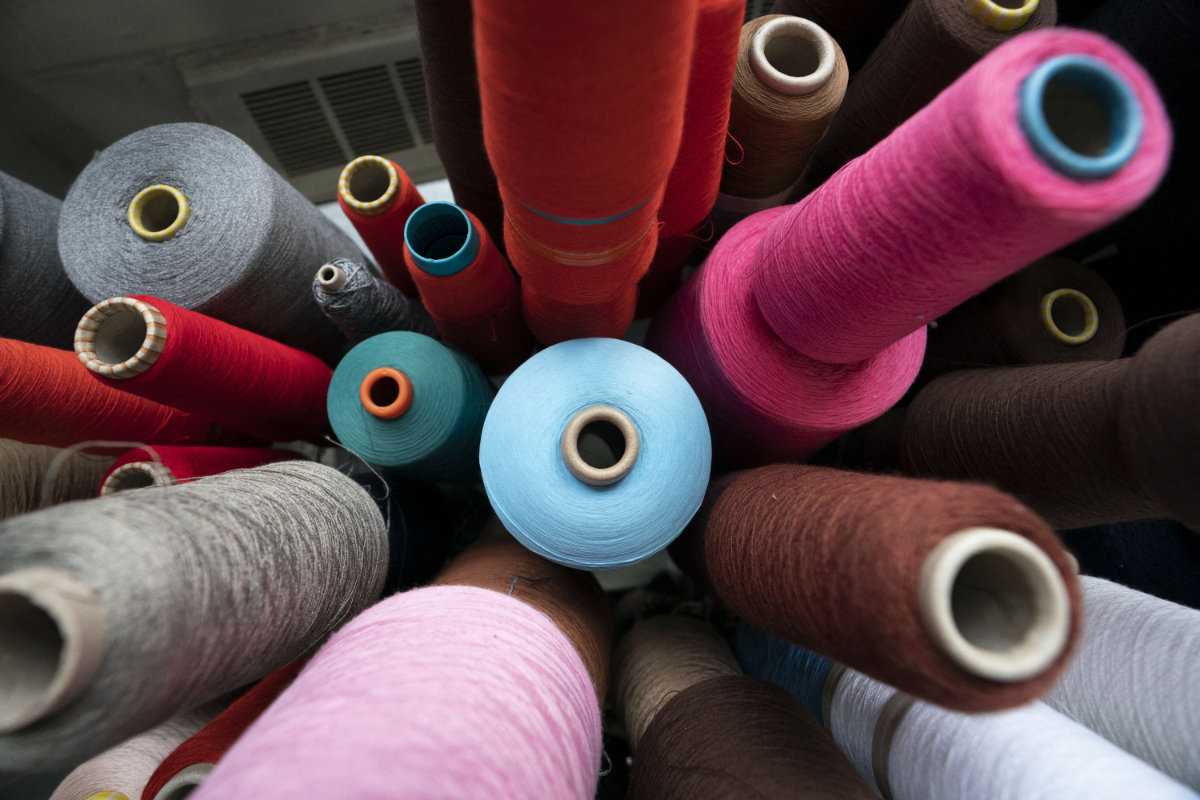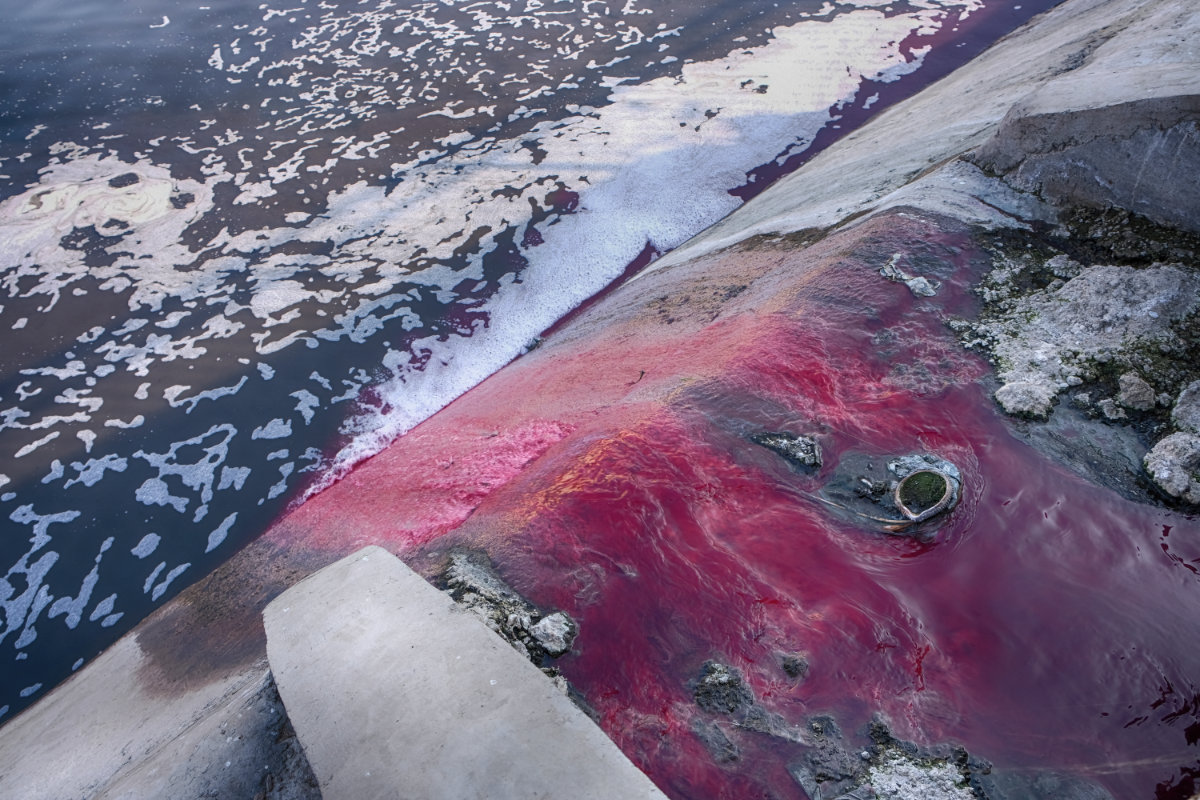DUBAI: Saudi Arabia’s airline industry is stirring back to life as Gulf countries ease the restrictions implemented to curb the spread of the coronavirus.
The Kingdom has announced a timetable for the resumption of domestic flights through national carriers from Sunday.
About 100 flights are due to take off in a phased return to normal, Minister of Transport Eng. Saleh bin Nasser Al-Jasser said on Saturday.
The Kingdom’s General Authority for Civil Aviation (GACA), of which Al-Nasser is also chairman, earlier said it had completed operational preparations to gradually lift the suspension.
According to the Saudi Press Agency, GACA has issued a travelers’ guide that includes precautionary measures for airports and safety rules that passengers will have to follow.
However, experts caution that these developments should not be mistaken for full recovery, adding that the airline industry faces an uphill struggle to return to normal operations and sound financial health.
Saudi Arabia halted international flights from March 15 and domestic flights from March 21 in response to the outbreak of COVID-19 infections.
THE NUMBER
$7.2 billion
The revised 2020 KSA airline revenue, a 35% 2019-2020 revenue difference.
The suspension affected not only airlines but also airport operators, airport on-site enterprises such as restaurants and retail businesses, aircraft manufacturers, and air navigation service providers.
In the Gulf Cooperation Council bloc, shutdowns have imperiled the livelihoods of thousands of nationals and expatriates.
Given the growing role that air travel and tourism was playing as part of Saudi Arabia’s economic diversification plans, the pandemic has proved a classic double whammy.
Predictably, the International Air Transport Association (IATA) — the trade association for the world’s airlines — has called for industry-specific financial relief measures from the Saudi government.
IATA measures the economic impact of an event by looking at jobs, spending generated by airlines and their supply chain, trade flows, tourism and investment resulting from users of all airlines serving the country, as well as the connections to other cities through the same airline that make these flows possible.
“All provide a different but illuminating perspective on the importance of air transport,” the association stated in a report entitled “The Importance of Air Transport to Saudi Arabia.”
The Kingdom introduced relief measures for the private sector in the wake of the pandemic, but IATA estimates that revenues generated by airlines in the Saudi market will drop by $7.2 billion in 2020 — 35 percent below their 2019 levels.
“In response to the impact of COVID-19, the Saudi government has introduced broad economic relief measures in excess of $32 billion in financial support for the private sector,” IATA said in a statement.
“It has also provided support for air transport by suspending the airport slot use rules for the summer season and extending licenses and certifications for crew, trainers and examiners.”
IATA added: “We urge the government to build on this and implement specific financial relief measures for aviation to ensure that the sector will be capable of driving the recovery.”
Some of the measures recommended for Saudi Arabia by IATA include direct financial support to passenger and cargo carriers; financial relief on airport and air traffic control charges and taxes; and the reduction, waiver or deferral of government-imposed taxes and fees.
Muhammad Al-Bakri, IATA’s regional vice president for Africa and the Middle East, believes the urgency of airline industry-specific relief measures cannot be overemphasized.
“Given the industry’s role in social and economic development, it is important the government prioritizes aviation and provides urgent financial relief,” he said.
“Before the crisis, Saudi Arabia was moving at full speed and achieving tangible results in modernization, infrastructure development and economic growth.
“Fully supporting the air-transport sector now means a stronger recovery for the Kingdom.”
Linus Bauer, aviation consultant and visiting lecturer at City University of London, said that the overall capacity in the Gulf region, including Saudi Arabia, has shrunk by 3.53 million weekly departure seats year-on-year.
In May 2019, there were 1.32 million weekly departure seats in the Kingdom. One year later, a very sharp decline was recorded, which touched 97,156.
“It clearly shows the severe impact of the current crisis on Saudi Arabia’s air-transport sector,” Bauer said.
“By the end of this year, a capacity loss of 25 percent is forecast. In a pessimistic scenario, the impact could be as high as 35 percent.”
Consequently, Saudi carriers are facing a shortage of liquidity, making it impossible for them to survive without stimulus packages from the government.
IATA figures from 2018 suggest that the Kingdom’s air-transport sector, including airlines and their supply chains, was supporting an estimated $20.2 billion share of Saudi Arabia’s GDP, with spending by foreign tourists accounting for an additional $16.2 billion.
In total, 5.6 percent of Saudi Arabia’s GDP was supported by revenues from the air-transport sector and foreign tourists arriving by air.
Also in 2018, based on IATA’s 20-year passenger forecast, the air transport market in Saudi Arabia was projected, under the “current trends” scenario, to grow by 126 percent in the following 20 years.
This would have resulted in an additional 54.8 million passenger journeys by 2037.
“If met, this increased demand would support approximately $82.3 billion of GDP and almost 1.2 million jobs,” IATA stated at the time.
According to IATA Direct Data Solutions in the 2000s, an industry-sponsored global airline-market data initiative, the Middle East was the largest market for passenger flows to and from Saudi Arabia, followed by Asia-Pacific and Africa.
The recovery of a country’s airline industry, according to Bauer, will have a lot to do with the size of its domestic travel market.
Countries that lack large domestic travel markets, he said, are likely to recover more slowly from the crisis precipitated by the pandemic and may open up first to travelers from nearby countries in the Middle East.
“Having a large and diverse domestic market can be considered one of the competitive advantages for carriers,” he said.
In the post-COVID-19 era, Bauer said that “an increase in demand for domestic feeder services for long-haul flights can be expected, driven by the fast-changing customer behavior of health-conscious passengers and the economic advantages associated with flying efficient, twin-engine long-range aircraft with lower cabin density.”

The Kingdom has announced a timetable for the resumption of domestic flights through national carriers from Sunday. (AN Photo/Basheer Saleh)
He sees such factors potentially opening up new market opportunities for major competitors of Gulf carriers that have the advantage of large domestic markets.
“At the end of the day, the kick-off of regular long-haul services largely depends on the ongoing travel bans, restrictions and entry regulations imposed by countries or markets that Gulf carriers serve,” Bauer said.
That said, the airline industry’s pivotal role in keeping countries connected and economies flourishing is not likely to be diminished by the pandemic, say insiders.
“The shape and size of the industry may change as a result of this crisis. But aviation will remain a critical support for vast sectors of the economy,” Alexandre de Juniac, IATA director-general and CEO, said in a recent teleconference with journalists.
“The sooner we can safely reconnect the world, the more jobs can be saved. And, combined with economic stimulus packages, a reconnected world will be a solid foundation for economic recovery,” Juniac added.
PANDEMIC’S GULFWIDE IMPACT
Kuwait Airways announced its decision to lay off as many as 1,500 expatriate employees as part of a “comprehensive plan” to deal with the pandemic’s economic impact. With a total of 6,925 employees and a fleet of 30 aircrafts, the airline has struggled amid the regional and worldwide downturn in air travel.
Abu Dhabi’s Etihad Airways laid off hundreds of employees in mid-May and warned staff to brace for further cuts, according to Reuters. The airline has grounded scheduled passenger flights and temporarily cut wages by as much as 50 percent, despite plans to restart flights from mid-June.
Air Arabia, the only listed carrier in the United Arab Emirates, laid off 57 employees in early May due to travel disruptions caused by the pandemic. The Sharjah-based airline, which has about 2,000 employees, has, along with other UAE carriers, suspended scheduled operations since March.
Qatar Airways announced last month it would cut close to a fifth of its workforce. The airline employs more than 46,000 staff, meaning the layoffs could impact about 9,200 workers.
As for Emirates, claims made that it is planning to cut around 30,000 jobs have not been confirmed. What is known is that the Dubai-owned flag carrier is planning to resume flights to over a dozen destinations between May 21 and June 30.
------------








